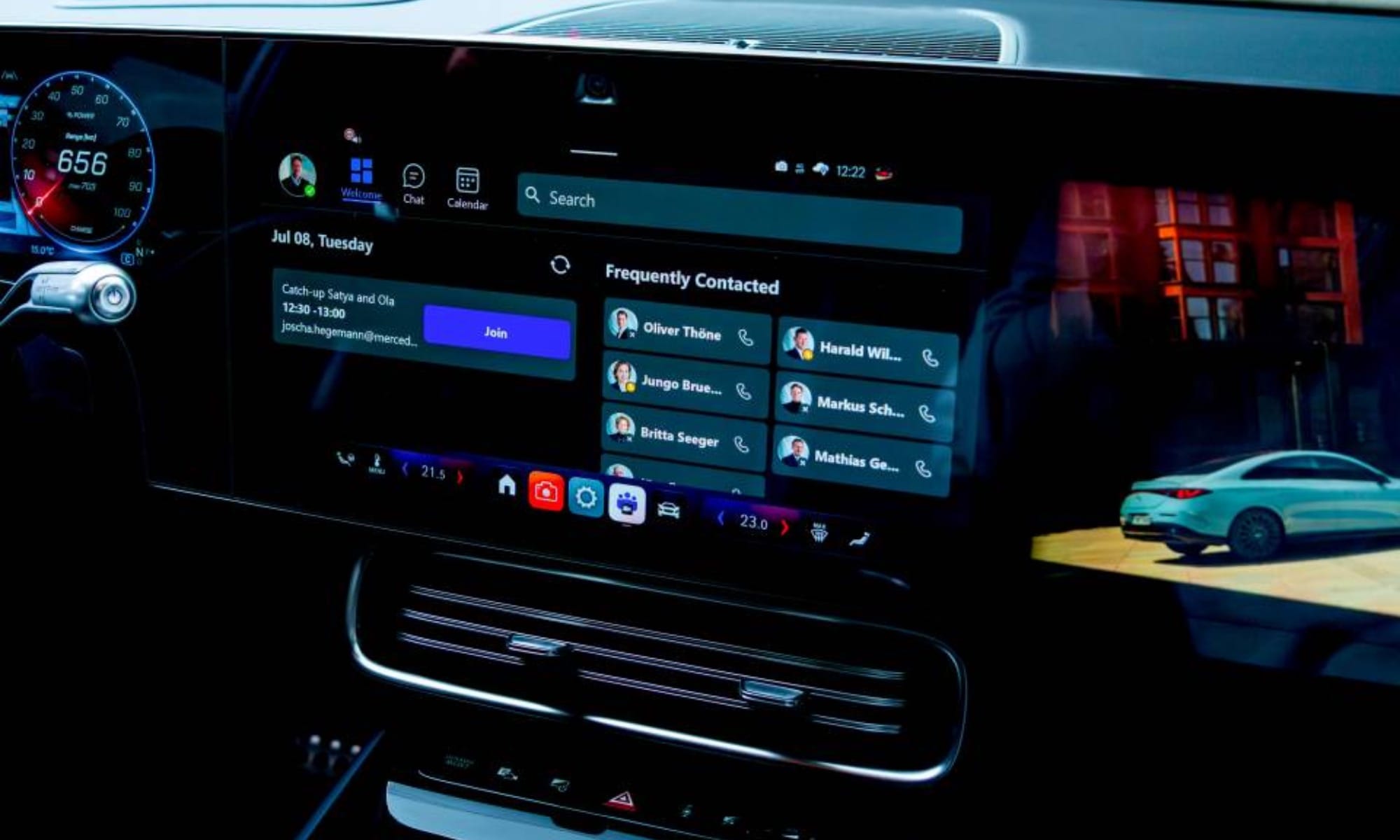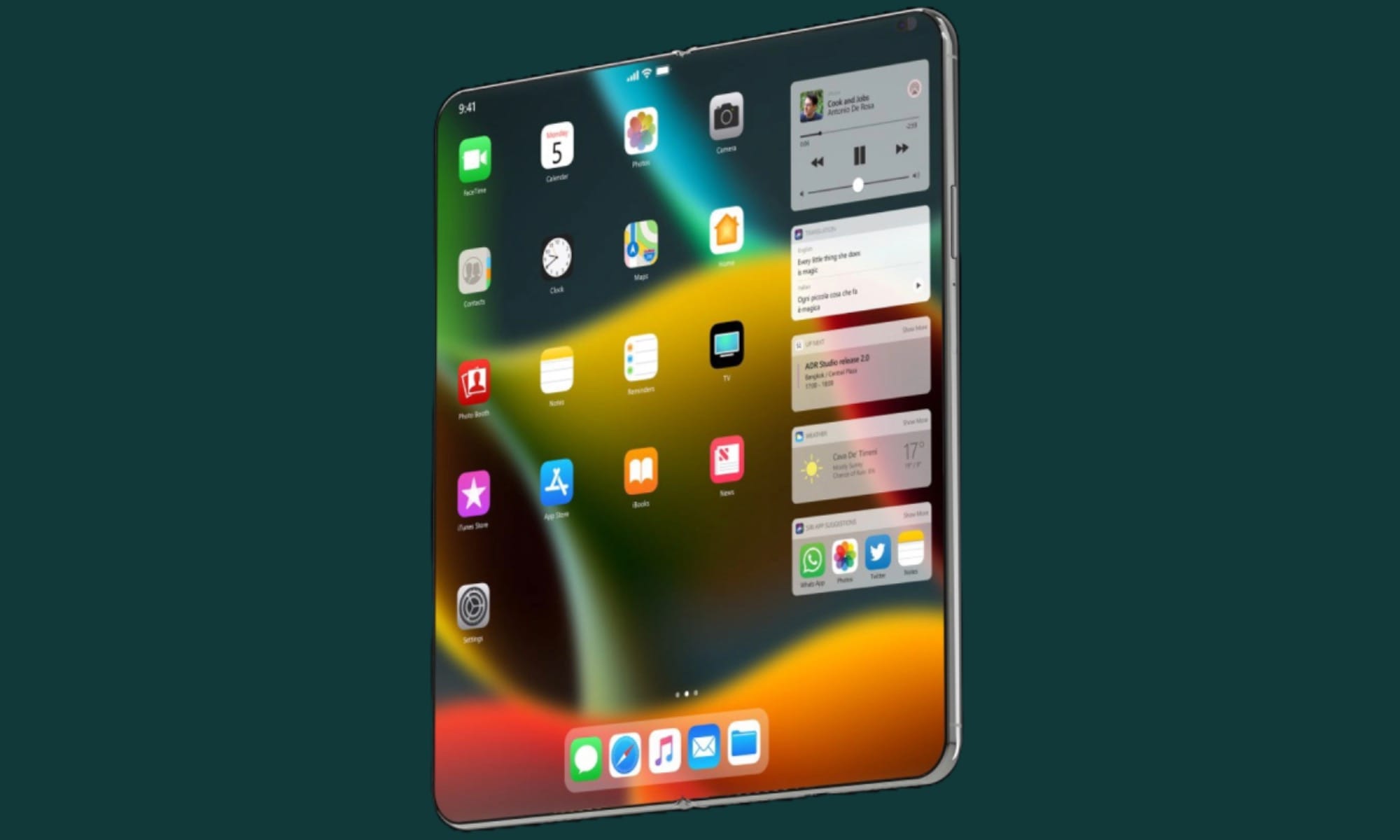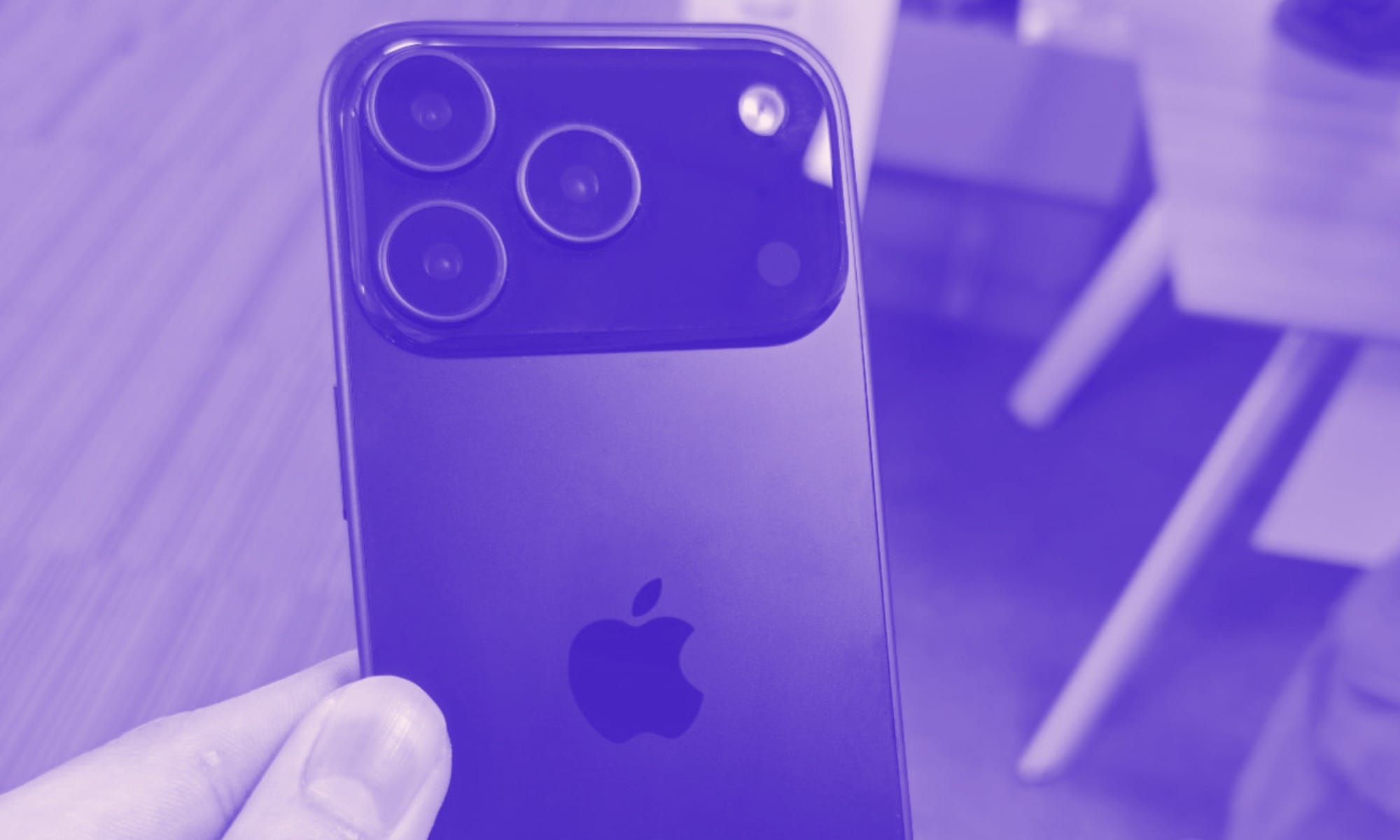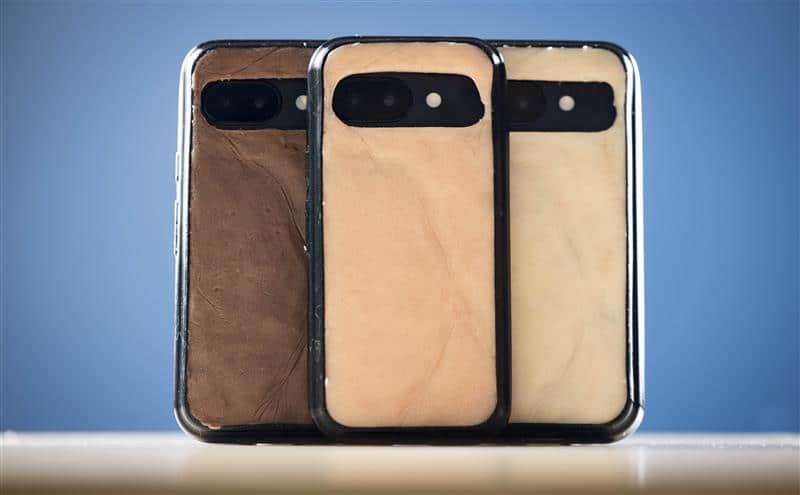You're rich. A secretary checks the clock for you. You ride in a Merc. And for some reason, you rely on Microsoft Teams for calls. If that's you, the in-car camera in Mercedes-Benz cars will soon let you attend meetings in the fancy ride.
And while at it, why not indulge in a weirdly decadent case for your iPhone, which looks and feels like human skin. It even reacts to the Sun and gets sunburnt. Talking about iPhones, Apple's rumored foldable phone could actually be cheaper than Samsung's folding phone... Wow!
There's more saucy tech and science stuff that came out while you were catching ZZZs, so dive right in.
Mercedes thinks in-car meetings are totally fine for the filthy rich

Mercedes-Benz is collaborating with Microsoft to redefine in-car productivity, transforming its vehicles into a "third workspace." This new integration brings sophisticated office tools directly into the dashboard, starting with an enhanced Microsoft Teams application.
The feature allows drivers to join meetings on the go, aiming to blend the daily commute with the demands of a professional workload. While the focus is on productivity, the system incorporates safety measures to manage driver distraction, balancing connectivity with road awareness as the car becomes an extension of the office.
- The new feature uniquely allows a driver's camera to remain active during a Teams call while the car is in motion, though incoming video streams and screen shares are disabled for safety.
- This functionality will debut first on the all-new Mercedes-Benz CLA model as part of a series of "productivity enhancements" scheduled for this summer.
- The partnership extends beyond video calls, with plans to integrate Microsoft 365 Copilot, which will allow drivers to use voice prompts to manage tasks, summarize emails, and more.
Reads the deets at Mercedes-Benz.
Apple's foldable iPhone could be cheaper than Samsung's foldie boi

New reports and leaks are painting a clearer picture of Apple's long-rumored foldable iPhone, and it appears the device will target the ultra-premium market. Analysts are forecasting a significant price point that would make it the most expensive iPhone ever released, but still lower than the $1,999 Samsung Galaxy Z Fold 7.
This positions the device to compete directly with high-end foldables from rivals like Samsung. Alongside pricing details, potential specifications have also surfaced, including its physical thickness and screen dimensions.
While Apple is entering the foldable space years behind its competitors, the company seems to be focusing on key design elements like a "crease-free" screen to differentiate its product upon its expected launch in 2026.
- According to analysts at UBS, the foldable iPhone's starting price is projected to be between $1,800 and $2,000 in the U.S.
- A leak from a reliable social media source suggests the device will have a thickness of at least 4.8mm when unfolded, making it slightly thicker than Samsung's Galaxy Z Fold 7.
- Supply chain analyst Ming-Chi Kuo anticipates mass production will begin in the second half of 2026, with the device featuring a large 7.8-inch internal display and a Touch ID power button.
Get the full rundown at Fortune.
The iPhone 17 Pro's screen will cheat the Sun, and scratches, too

Apple is reportedly poised to introduce a significant display upgrade with the iPhone 17 Pro and Pro Max. This new technology, which is more durable than the current Ceramic Shield, is intended for the high-end Pro models, while the standard iPhone 17 and 17 Air will not receive the upgrade.
This move is expected to help Apple compete with advancements made by rivals like Samsung, which has already introduced similar glare-reducing glass technology on their flagship devices in the Galaxy S Ultra series.
- The new display layer is designed to be more scratch-resistant and reduce reflectivity, improving durability and visibility in bright conditions.
- Production of the advanced display was previously slowed due to a laborious coating process, leading to concerns that it would be canceled.
- The upgraded display technology will be exclusive to the iPhone 17 Pro and iPhone 17 Pro Max models, creating a clear differentiator from the base models.
Read more deets at Macrumors.
AI chatbots are liars. New research says they also lack confidence!

A new study by researchers at Google DeepMind and University College London reveals that large language models (LLMs) can be overconfident in their initial answers, but are also surprisingly susceptible to changing their minds.
The research, published on the arXiv preprint server, demonstrates that LLMs often lose confidence and abandon correct answers when presented with incorrect counterarguments.
This behavior, seen across various models including GPT4o and Gemma 3, highlights a significant deviation from purely logical decision-making and points to specific biases that are crucial to understand for building safer AI systems.
- LLMs display a "choice-supportive bias," which boosts their confidence in a visible initial answer, causing them to stick to it despite contradictory evidence.
- The models show an "overweighting" of opposing advice, meaning they are more likely to lose confidence and change their answer when faced with disagreement than when given supportive information.
- Understanding these non-optimal behaviors can help developers design more reliable and robust AI systems for industries that rely on their reasoning capabilities.
Read the full pre-print paper at arXiv.
You may not want it, but this iPhone case has a human-like live skin

Mobile provider O2 has launched a first-of-its-kind phone case designed to visually warn users about harmful UV rays. The "Skincase" changes color and "burns" when exposed to the sun, serving as a physical reminder for holidaymakers to protect their skin.
The initiative, created in collaboration with technologist Marc Teyssier, comes as O2's research reveals a significant disconnect between Britons' phone-checking habits and their sun protection frequency.
With summer temperatures expected to be record-breaking, the case highlights the critical need for sun safety, a message backed by the British Skin Foundation.
- The "Skincase" uses a synthetic skin surface with specialized composites that react to UV light, simulating the effects of sun exposure on human skin.
- O2's research found that over half of Brits check their phones at least three times during peak sun hours (11am-3pm), while only 20% reapply sunscreen with the same frequency.
- Crafted through a blend of 3D printing, silicone casting, and manual sculpting techniques, the case aims to make the invisible dangers of UV radiation visually tangible.
Read about the whole nasty thing at Virgin Media.

